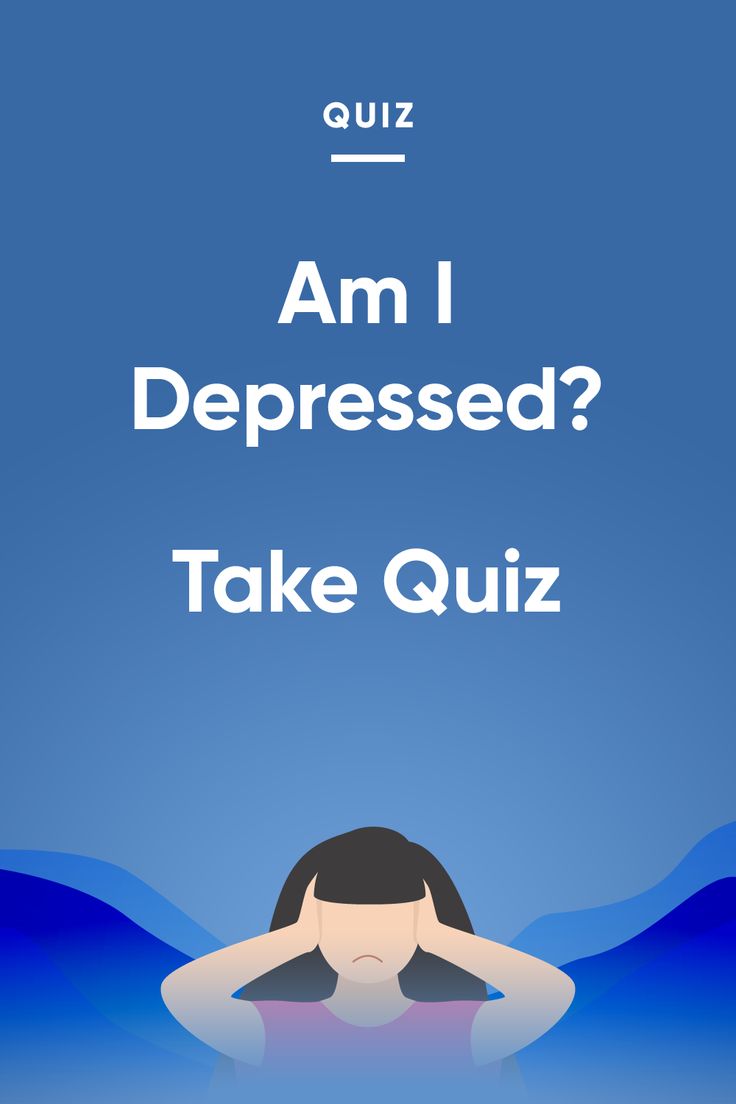Discover How Depression Tests Help You Understand Your Mental Well-being
Depression is a complex mental health condition that affects how people think, feel, and function in daily life. Many individuals experience emotional lows but struggle to determine whether these feelings are part of normal stress or signs of a depressive disorder. Modern depression tests are designed to provide a clearer picture of emotional health by evaluating mood patterns, behavioral changes, and thought processes. These assessments, often based on established psychological frameworks, help identify symptoms early and encourage people to seek appropriate support. This article explores how depression tests work, what they measure, and why understanding one’s mental state is an essential step toward better emotional well-being.

1. Understanding Depression and Its Common Symptoms
Depression is more than temporary sadness—it is a mental health condition characterized by persistent low mood, loss of interest, and decreased energy. People living with depression may experience changes in sleep, appetite, and concentration. They may also feel guilt, hopelessness, or a sense of emptiness that lasts for weeks or months.
Researchers have found that depression can arise from a combination of biological, psychological, and environmental factors. Chemical imbalances in the brain, traumatic experiences, chronic stress, or genetic predispositions can all play a role. Because its symptoms often overlap with other conditions, accurate identification through standardized testing is essential for proper understanding and care.
2. What Is a Depression Test?
A depression test, sometimes referred to as a mood or mental health self-assessment, is a structured questionnaire designed to measure emotional well-being. These assessments are based on validated tools such as the PHQ-9 (Patient Health Questionnaire) or the Beck Depression Inventory (BDI).
Each question is carefully formulated to gauge the intensity and frequency of depressive symptoms—such as sadness, fatigue, difficulty focusing, or changes in daily motivation.
The test does not provide a diagnosis; rather, it offers an overview of a person’s emotional patterns, helping them determine whether their experiences align with depressive symptoms and whether professional consultation might be beneficial.
3. The Structure and Process of Depression Testing
Most depression tests follow a similar structure. Individuals are asked to rate how often they experience certain thoughts or behaviors over a given period—typically the past two weeks. Questions may include:
-
How often have you felt down or hopeless?
-
How often have you lost interest in activities you previously enjoyed?
-
Have you experienced trouble sleeping or changes in appetite?
-
Do you find it difficult to concentrate or make decisions?
Each response corresponds to a numerical value, allowing the test to generate a score that represents the severity of symptoms—from mild mood disturbance to possible clinical depression. Some online or professional assessments also include additional questions about anxiety, irritability, and physical health to offer a more complete emotional profile.
4. The Purpose and Benefits of Depression Testing
Depression testing serves several important purposes:
-
Self-awareness: It helps individuals better understand their emotional patterns and recognize potential warning signs.
-
Early detection: By identifying symptoms before they worsen, individuals can seek guidance sooner.
-
Communication aid: Test results can help people describe their experiences more clearly when consulting healthcare professionals.
-
Monitoring progress: Those already receiving therapy or counseling can use these tests periodically to track improvement.
Such assessments are not a replacement for professional diagnosis but an effective first step in mental health awareness and management.
5. The Role of Psychology and Science in Testing
Depression tests are grounded in cognitive and behavioral psychology. They are designed to capture how negative thinking patterns and emotional responses interact.
Psychologists emphasize that depression is not merely a result of “negative emotions,” but a systemic condition affecting cognition, body chemistry, and behavior. Testing tools such as PHQ-9 quantify these aspects consistently, allowing researchers and clinicians to detect patterns across populations.
By integrating data from large-scale studies, modern depression tests have become more accurate in distinguishing between temporary stress and long-term mood disorders.
6. Understanding the Causes of Depression
While depression manifests differently among individuals, researchers identify several main contributing factors:
-
Biological: Neurotransmitter imbalances involving serotonin, dopamine, and norepinephrine.
-
Psychological: Negative thought cycles, low self-esteem, or unresolved trauma.
-
Environmental: Chronic stress, social isolation, or loss of a loved one.
-
Lifestyle: Poor sleep, lack of exercise, or unhealthy diet patterns.
Testing can reveal whether emotional distress might stem from external events or internal conditions, allowing individuals and professionals to choose suitable interventions, such as counseling, stress management, or lifestyle adjustments.
7. What Happens After Taking a Depression Test
Once someone completes a depression test, the next step is interpretation. Scores typically indicate a range from minimal to severe symptoms.
For instance:
-
A low score may suggest normal fluctuations in mood.
-
A moderate score may indicate early signs of depression that could benefit from self-care strategies or discussion with a counselor.
-
A higher score may suggest the need for a more thorough psychological evaluation.
Some individuals find relief simply from understanding that their emotions are valid and measurable. Others may use the results as motivation to seek professional advice or explore therapy options.
8. Emotional Awareness and the Importance of Self-Reflection
Taking a depression test can also encourage introspection. The process prompts individuals to pause and think about their feelings, behaviors, and coping mechanisms.
It helps bridge the gap between emotion and understanding, turning subjective experiences into observable patterns. This awareness is often the first step toward recovery, as people begin to identify what triggers emotional lows and what helps alleviate them.
Psychologists often describe self-awareness as the foundation of emotional resilience—a trait that allows individuals to navigate challenges more effectively.
9. Complementary Methods for Managing Depression
Beyond testing, managing depression often involves a combination of lifestyle and psychological interventions:
-
Therapeutic support: Cognitive Behavioral Therapy (CBT) helps reframe negative thoughts.
-
Physical activity: Regular exercise increases endorphin production and improves mood.
-
Mindfulness and meditation: Techniques that reduce rumination and anxiety.
-
Social connection: Maintaining communication with friends, family, or support groups.
-
Balanced nutrition: Omega-3 fatty acids, complex carbohydrates, and vitamins B12 and D support brain function.
Testing serves as the foundation for these actions by clarifying where emotional imbalances exist and how they might respond to changes.
10. The Future of Depression Assessment
Advancements in digital health have transformed how mental health assessments are conducted.
AI-powered tools and mobile applications now analyze language patterns, facial expressions, and sleep data to supplement traditional questionnaires. These technologies aim to detect subtle emotional changes earlier than before.
Researchers are also developing culturally adaptive tests to account for differences in how depression manifests across various societies. The goal is to make mental health assessment more accessible, accurate, and stigma-free for everyone.
11. The Broader Impact of Awareness
Increasing public awareness of depression testing helps reduce stigma around mental health conversations.
When individuals recognize that depression is measurable and treatable, they are more likely to engage in open dialogue and support others who are struggling.
Educational initiatives that promote accessible screening and mental health literacy contribute to healthier communities and more compassionate social environments.
Conclusion
Depression tests are not diagnostic tools but gateways to self-understanding. They encourage reflection, conversation, and proactive care. By taking the time to evaluate emotional well-being, individuals gain valuable insight into their mental state and can make informed decisions about seeking help or adopting healthier habits. Recognizing depression as a manageable condition—and understanding how to measure its presence—represents a vital step toward mental resilience and overall life balance.







